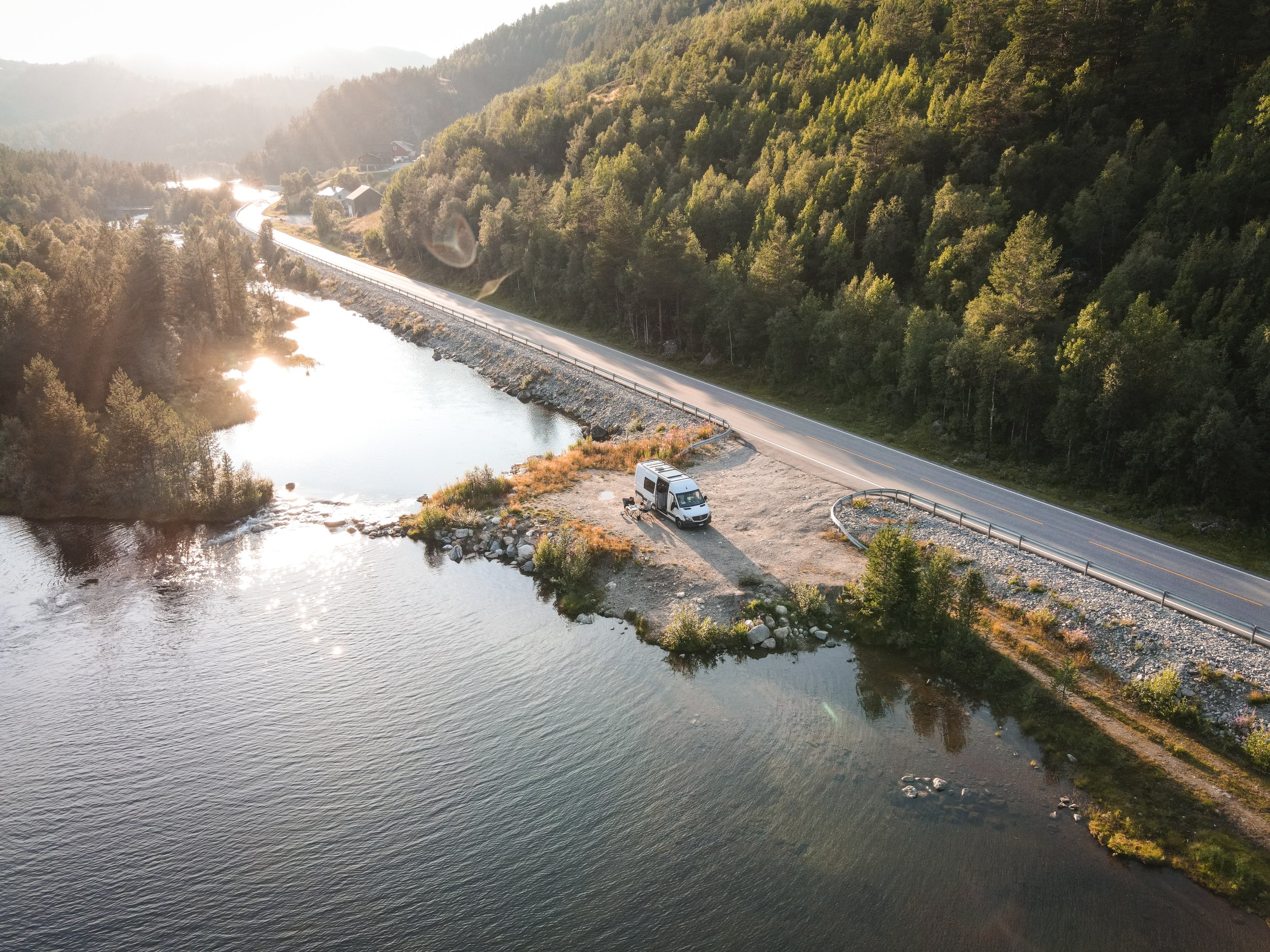Managing Power Consumption While on the Road
Managing Power Consumption While on the Road
The sense of freedom that comes with van life is unparalleled! If you got a case of wanderlust, then van life is the life you’ve dreamed about—but that dream doesn’t come without its challenges.
From sacrificing the size of your living space to giving up certain modern conveniences, making
the switch to van life requires adjustment for many people. It’s feasible, though, and if this is the
lifestyle for you, it’s well worth it!
Today, we’re delving into how to manage your power consumption while you’re on the road.
There’s no need to give up technology. With a few smart strategies, you can get the most out of
your appliances and electrical devices in your van-converted home.
Whether you already live in a van or are working on converting your van to start your life on the
go, here are a few tips to keep in mind!
1. Get an Excellent Portable Power Station
Dive into van life without forethought, and you might run out of power quite quickly. A dead
smartphone or GPS device can result in very inconvenient situations without the ability to get
your essential devices running. A portable power station is the solution.
An off-grid power source is a must-have for van life. A power station is like a giant battery —
you can use it to run all your electronics and devices.
Before selecting one, consider the appliances you plan on using it for and the power draw that
will entail. You’ll want to determine what capacity will suit all the energy you need.
Depending on your lifestyle, you might need a high-capacity power station for a TV or AC.
Alternatively, you might only want to charge your laptop and smartphone.
Also, consider factors like the size of the power station, its recharging methods, and cost. Do
your research to make sure you are making a good choice. With a careful selection, you can rest
assured that you have a unit on board that you can rely on for the entire trip.
2. Reduce the Number of Devices On-Board
When planning out what devices to include in the design of your van, be thoughtful about what
devices make the cut. You likely can’t run all your favourite electronics if you want to make your
power supply last.
Consider the essentials and appliances first. Depending on your van layout, essentials might
include a mini fridge, an oven/stove combo, an air conditioning unit, or anything on the larger
side. Consider how much power these things draw and how often you use them.
Don't forget the lights you'll need in the evenings —they draw power too! Also, factor in how
many devices you charge, like cell phones, laptops, or tablets.
Anywhere that you can reduce the number of devices needed in your van is a way to ensure
your power stretches further. Be thoughtful about each power-drawing device you introduce into
your van's design, and consider your available power supply.
3. Choose Your Devices Carefully
It pays to be selective when deciding what appliances you’ll bring on board. The key here is to
think about power consumption.
For example, many van adventurers find themselves deciding between a fridge and an electric
coolbox. It may be enticing to go with an electric coolbox, one of the benefits being the price.
However, you’ll find that a thermostatic compressor fridge comes with a higher upfront cost but
saves you a lot of power consumption.
Compare multiple options based on energy efficiency, cost, and longevity. This way, you can
reduce the risk of waking up to a flat battery after leaving your coolbox on overnight. Making
decisions like this throughout choosing your appliances can add up to reducing the amount of
power you consume in your van.
4. Make Your Charging Plans According to Your Needs
Once you have a good idea of how much power you need to fuel your van life, use this
information to carefully consider how your will charge your batteries and how often. Always
allow yourself a little wiggle room to be safe.
Depending on your power station, you could have multiple charging methods available: the
vehicle, solar energy, shore power, or even EV charging. When designing your electrical
system, remember what is available to keep your power up and running and how often you
need to recharge. From there, you can map out your charging plans.
Final Thoughts
Van life draws more converts by the year as a cheaper way to live. When you switch to van life,
you’ll see how much it offers. Of course, it comes with certain factors you need to consider, and
your power consumption is one of them! To fuel your new lifestyle properly, carefully design a
system that works for you so that you can keep enjoying modern conveniences while on the
road.






